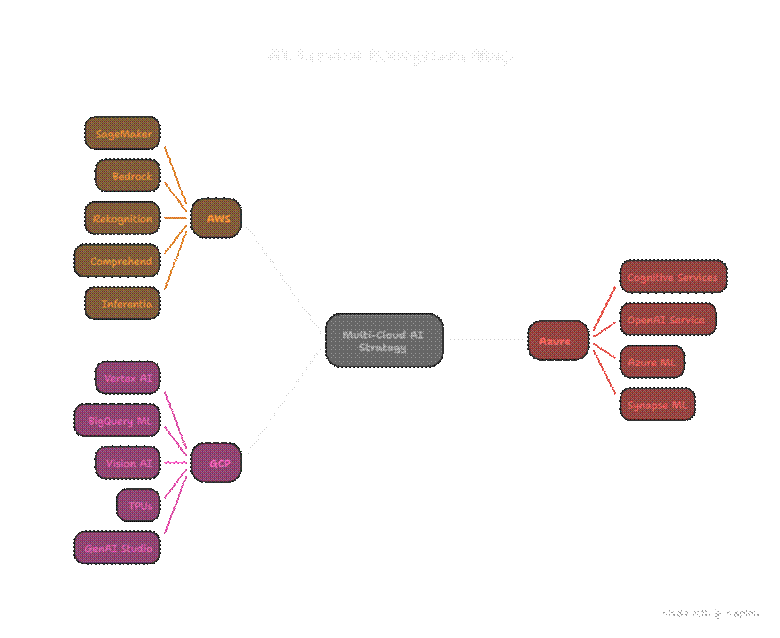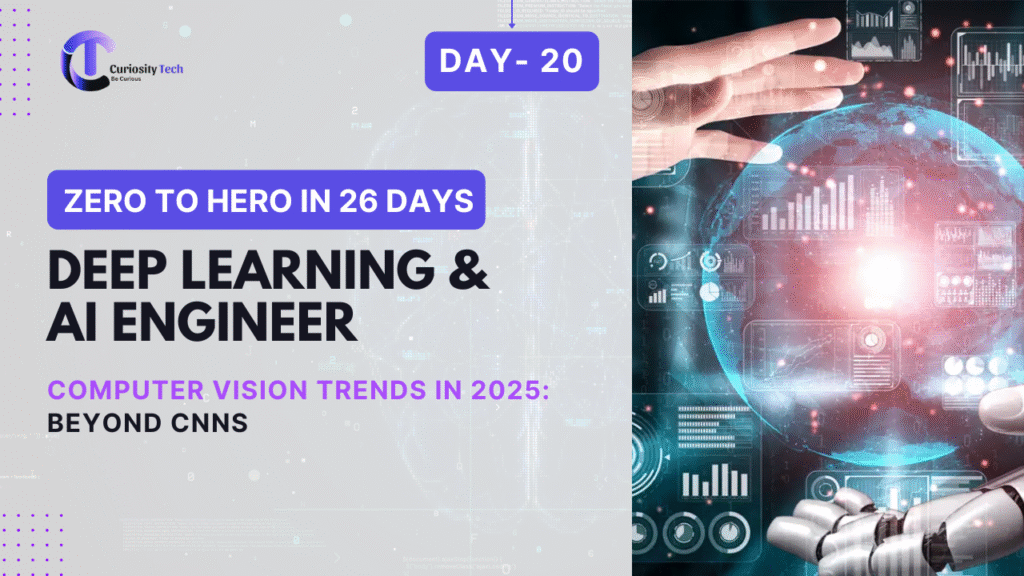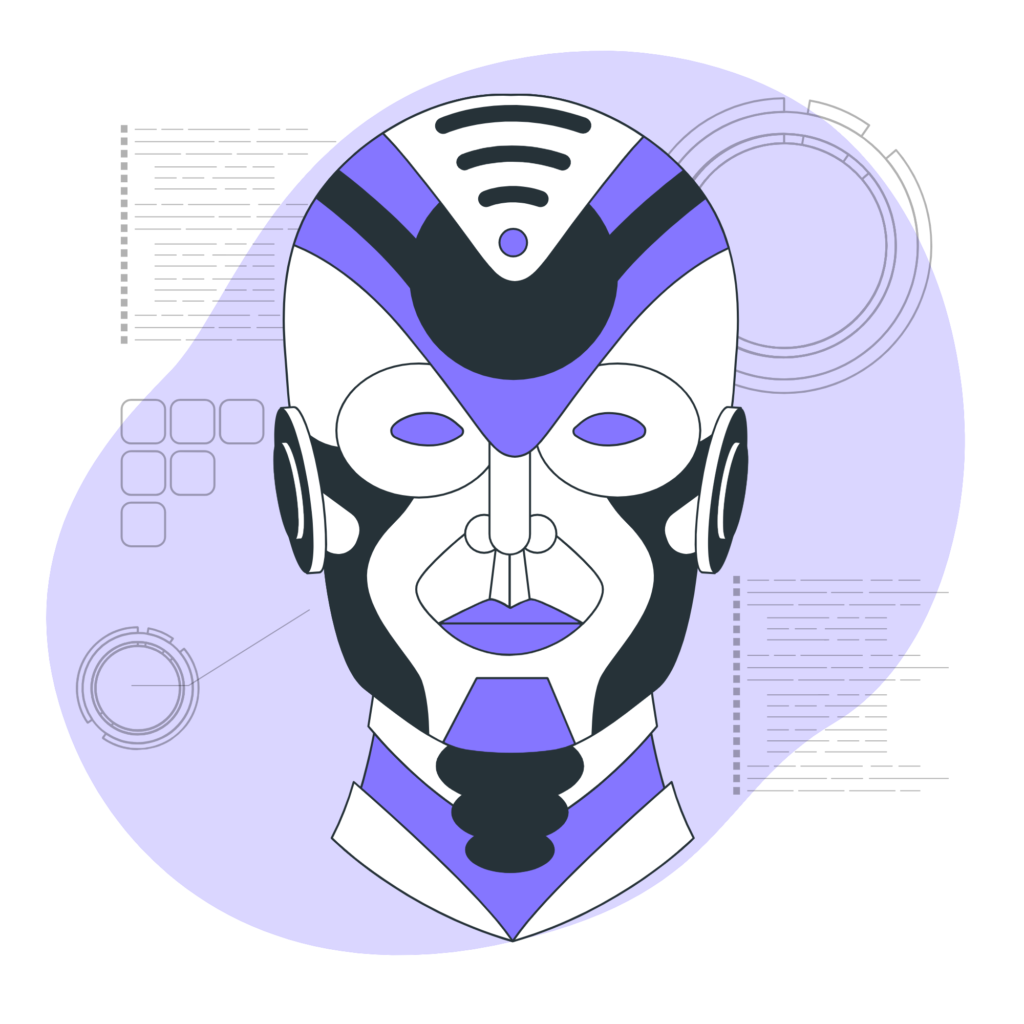Introduction
Artificial Intelligence (AI) and Machine Learning (ML) are no longer research experiments — they’re production-grade tools driving personalization, fraud detection, automation, predictive maintenance, and intelligent operations across industries.
Yet, each cloud provider brings its own AI/ML stack:
● AWS with SageMaker & Bedrock,
● Azure with Cognitive Services & OpenAI integration,
● GCP with Vertex AI & TensorFlow ecosystem.
For enterprises adopting multi-cloud strategies, the question isn’t “which AI tool to pick?” but rather “how to orchestrate AI workloads across clouds for best performance, compliance, and cost efficiency?”
At CuriosityTech.in, this is one of the most demanded topics in Nagpur’s cloud training workshops, where engineers explore multi-cloud AI labs to master cross-provider workflows.
Section 1 – The Multi-Cloud AI Landscape
Here’s a comparative landscape of what the big three offer:
| Category | AWS | Azure | GCP |
| Core ML Platform | SageMaker (training, deployment, pipelines) | Azure Machine Learning | Vertex AI (end-to-end ML) |
| Generative AI | Bedrock (foundation models via API) | Azure OpenAI Service | Vertex AI GenAI Studio + PaLM models |
| Data Services | Redshift ML, Glue ML | Synapse ML, Data Factory | BigQuery ML |
| Computer Vision | Rekognition | Computer Vision API | Vision AI |
| Speech & NLP | Transcribe, Comprehend | Speech Service, LUIS | Speech-to-Text, NLP APIs |
| AI Chips | Inferentia, Trainium | FPGA-based acceleration | TPUs (Tensor Processing Units) |
| AI Integration | Deep integration with IoT & analytics | Tight Microsoft ecosystem + Office AI | Native TensorFlow/Kube integration |
Section 2 – Infographic (AI Service Ecosystem Map)



